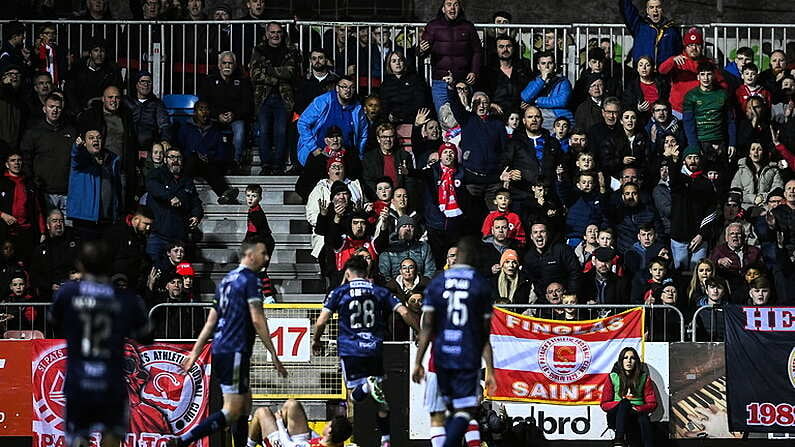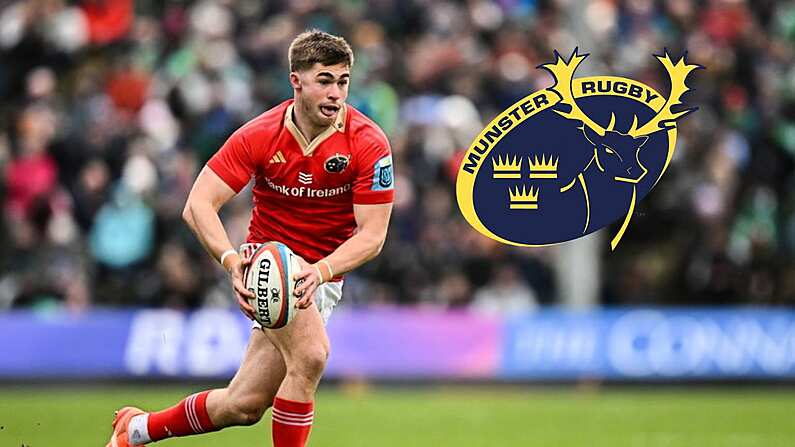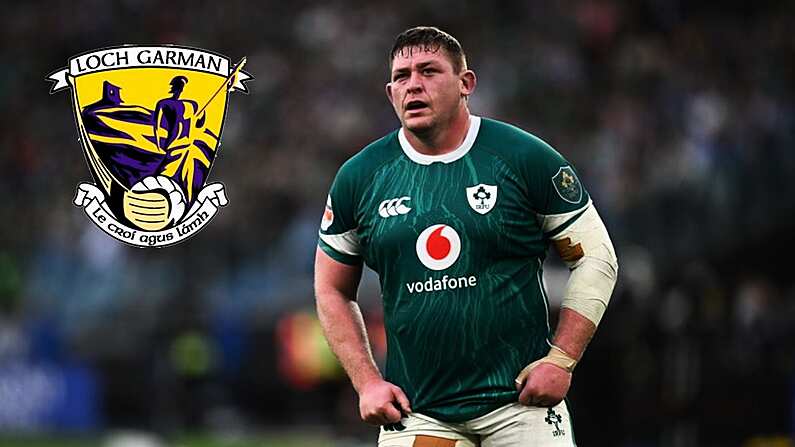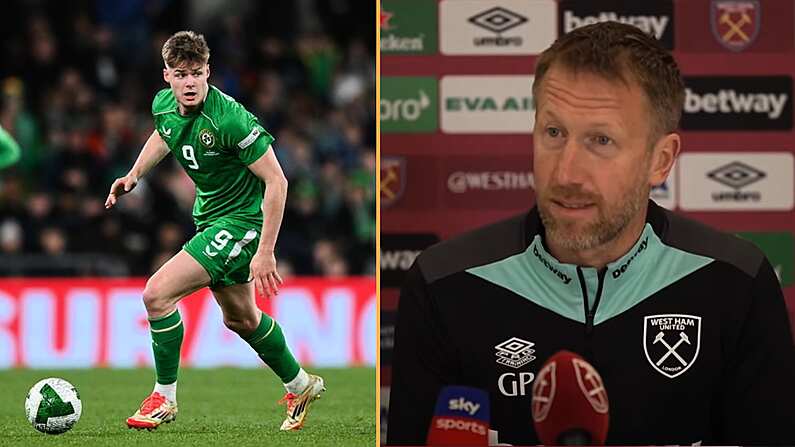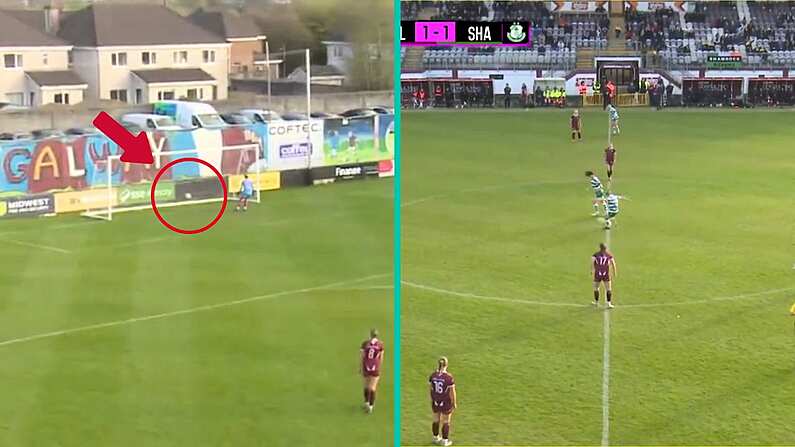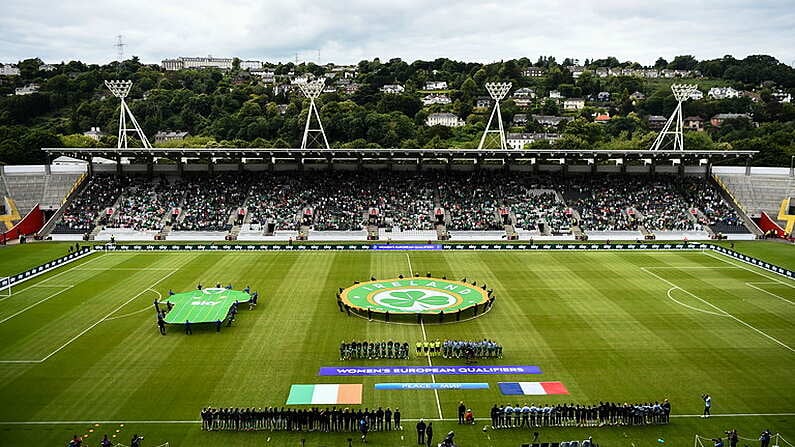The League of Ireland is at bursting point.
For long-time followers of the game here that will sound ridiculous, but every week clubs here are turning away fans with multiple sell outs across the top division. Every Dublin derby is sold out days or even weeks in advance, and away tickets for many grounds are like gold dust. Drogheda United are top of the league and FAI Cup holders and they can sell fewer than 2,000 tickets to home fans each game.
The most frustrating thing for some clubs is that they can’t do much about it, in the short term at least. St Patrick’s Athletic have re-arranged the Shed End terrace, removed some seats in the main stand and extended that area with a new terrace beside it. They’ve increased the capacity for home fans by approximately 800 but have had to cut the away allocation by approximately 400.
It followed the lead of Bohemians who moved away fans into the purpose-built Mono Stand terrace to significantly increase the capacity of home fans by opening up the Des Kelly Stand to them. Dalymount’s capacity is now 4,500 and they have had to close off membership sign-ups.
St Patrick's Day weekend saw an influx of tourists into the capital but because of the limitations on capacity, very few of them were able to attend the game between Pats and Bohs in Inchicore. Both clubs are aware of these limitations and both clubs have ambitious plans in conjunction with Dublin City Council.
The Council published their latest plans for Dalymount Park in 2022 and last year they received approval of €40m of funding from DCC and €25m from the government as part of the Major Sports Projects tranche of sports capital funding. We’re still 3 years away from a new Dalymount Park capacity of 7,800 and in the interim Bohemians will likely have to play at one of the other capacity-restricted Dublin stadiums.
St Pats announced their plans for a new Richmond Arena to be built across the road from their current home in Inchicore in April 2018. The ambitious project would have seen a 12,000 seat stadium built as part of a wider construction project that included shops, housing and community facilities. Detractors mocked the 12,000 capacity for a club that was struggling to get 2,000 at most games in 2008 but the club’s belief that the league was about to take off has proven to be correct.
Dublin City Council quickly knocked back the idea, and the club have moved on to a new project – redeveloping Richmond Park. Stinging from the reaction in official circles to the Richmond Arena, the club – through owner Garret Kelleher – have shied away from publicity on this but Dublin City Council documents show the Council and club have been in negotiations for a number of years now. All indications are that an announcement is due soon with most of the groundwork done with politicians and local government officials.
Shamrock Rovers and South Dublin County Council have shown that clubs and councils can work together to achieve modern spectator facilities that are fit to host big games. The capacity of 10,000 may not be reached every week but Shamrock Rovers now have more season ticket holders than some clubs have home capacity.
Outside of Dublin, Turners Cross provides the largest capacity for Cork City fans. While they haven’t reached that capacity this year, they have in the past and their ceiling as a club is among the highest nationwide. Sligo Rovers are next in line for a potentially game-changing development with the new Showgrounds being further down the line than all other developments. Sligo Rovers were awarded over €16m from the same Large Scale Sport Infrastructure Fund that Dalymount Park received a grant last November. When complete, the stadium will have over 6,100 seats with the modern ancillary facilities needed to keep fans happy.
Investment that would see a return far greater than the outlay
The scale of football stadiums here should make funding from the Government and elsewhere seem somewhat attractive. While other sports may have much larger venues, they appear to be filled very rarely while the costs involved are scaled up considerably.
One of the longest running stadium sagas is Finn Harps and their proposed new Donegal Community stadium. The current plan would see the national and local governments contribute €5.2m which, if the club can raise €1.6m, would see a football-mad area finally have a stadium that is fit to host thousands of spectators. As value for money projects go, that will be hard to beat.
Of course, all these projects are years away from opening to paying spectators. Derry City’s new stand in the Ryan McBride Brandywell will be open soon and Derry will finally be allowed sell more than a handful of match tickets each home game. Another victory for clubs and local governments working together.
Politicians are beginning to see the importance of supporting local football here. Every week, 20,000 or so will attend games and, with backing, it could be much, much more. In the Economic Impact Assessment of the League of Ireland published last year, it is stated that on average each match going fan spends nearly €27 on food and drink in and near the stadium. That is a lot of money for local businesses at a time when the hospitality sector is crying out for customers.
Irish football can't continue to turn people away, and the local economies around Irish football stadiums need as many people turning up as possible. The clubs need funding to develop their stadia, and relatively speaking, the funding required will be miniscule compared to many other projects under construction around the country.
For all the reasons given - and many more (societal, demographics etc) - developing Irish football stadiums would see a return that is far greater than the outlay needed. Will we see officialdom be brave enough to make the necessary commitments, or will we continue to see the league continue to operate at bursting point until fans get sick of being turned away?

